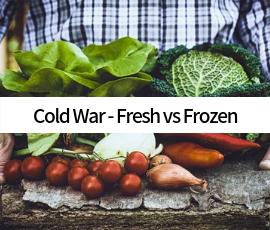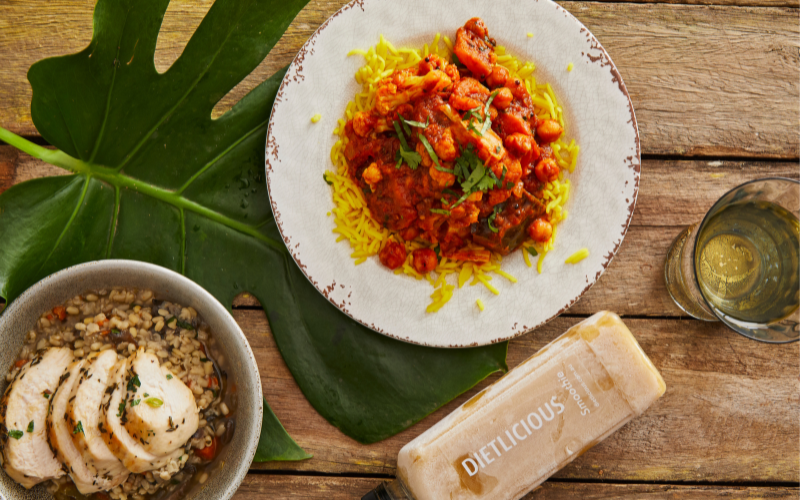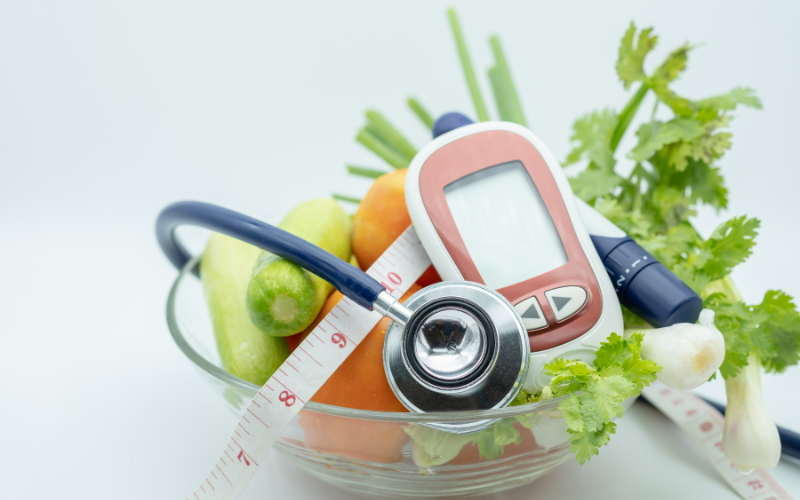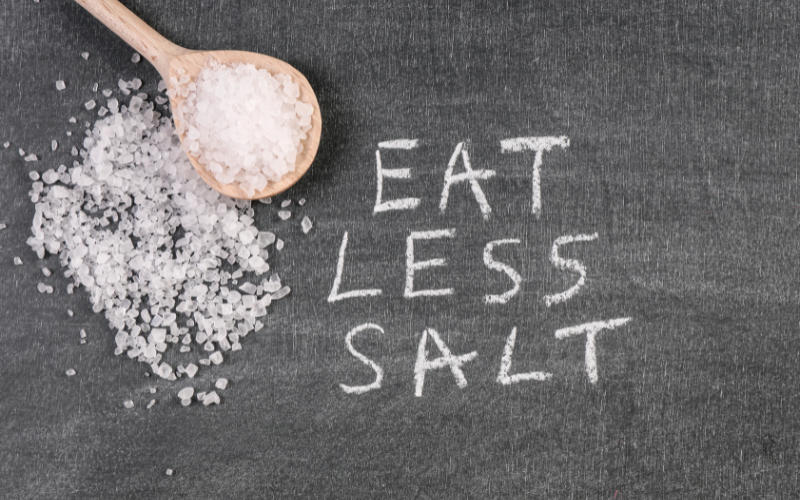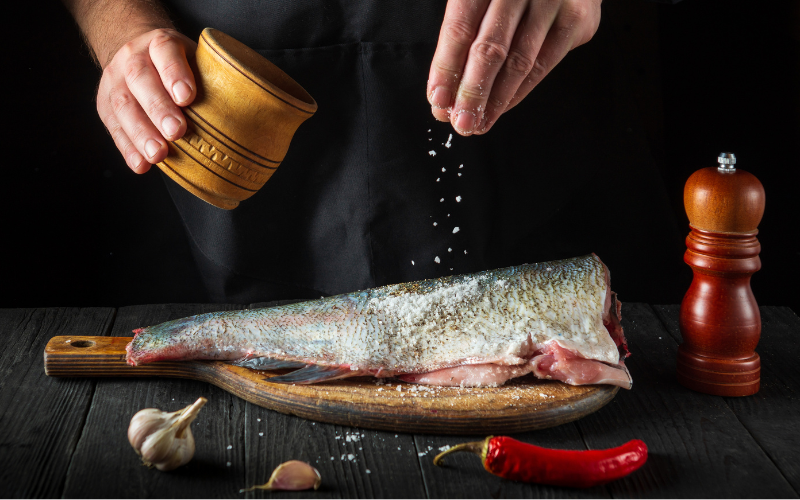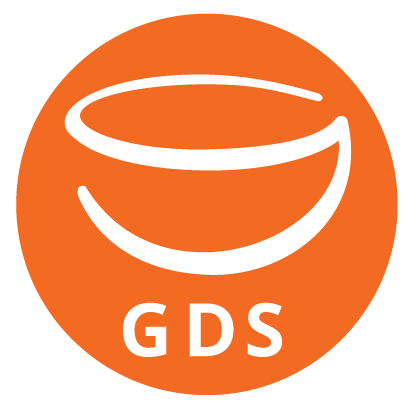Zoe Bingley-Pullin: Top 8 Tips to the Healthiest Products in the Supermarket
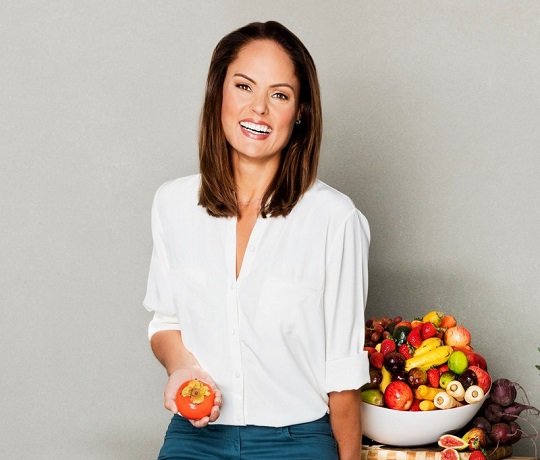
Recommended Pre-Reading:
Supermarket Swindles: How to read food labels & make healthier choices
Marketers do a great job making products more appealing to consumers, especially on the shelves of your local supermarket. Thankfully it’s my job as a nutritionist to help you cut through the hype and sort fact from fiction.
These days, choosing healthy options is a minefield of competing product claims, making it virtually impossible for anyone without a Food Science degree to make sense of it all. But not anymore.
My supermarket tips
1. No label is the best label. Rule number one is that the healthiest foods tend not to have labels at all! That’s right, first and foremost you should be steering your shopping trolley towards the fresh food (fruit and vegetables) aisle. Simple foods such as nuts and milk are included in this, as you don’t have to do any detective work to know what’s in them.
2. Ignorance is bliss. My second big tip is to consciously ignore the front of the pack, and pay close attention to the back. Using the skills you learnt from reading Supermarket Swindles, check out the nutritional panel and ingredients list to determine if the product should make it into your shopping basket. The more you do this, the better and quicker you’ll become at it.
3. Less is more. Go for products with the least number of ingredients. The rule of thumb is that more ingredients = a higher level of processing. More processed = ‘food’ that no longer nourishes as nature intended.
4. Beware ingredient list tricks. What I’m talking about here is the food manufacturer’s tendency for substitution. Trying to pull the wool over your eyes, it’s common for them to use other names for sugar, salt, fat, preservatives and additives. For example, sugar can be called corn syrup, glucose, dextrose, fructose, molasses, malt, sorbitol, fruit juice concentrate (to name a few). That’s why it’s important to read the nutritional panel in conjunction with the ingredients list. A claim of “no added sugar” just means there isn’t any cane sugar, honey or syrup but as you can see, there are many ways to add sweetness. Another case in point is MSG, which can be listed under no less than 129 different names!
5. Don’t believe the claims. Marketing assertions come in all shapes and sizes and should be approached with extreme caution. Don’t let the product manufacturer tell you it’s healthy; make up your own mind by flipping to the back of the pack. Claims to be wary of include: natural, lite, no added sugars, fat-free, no artificial colours, or the addition of superfood-type ingredients. If it sounds too good to be true, it probably is. Most of these statements are unregulated and open to interpretation, and is the way manufacturers disguise the fact that the product is over-processed.
6. Fresh isn’t always best. The term ‘fresh’ is usually used to describe items not frozen or canned but doesn’t necessarily mean that the product is healthy or hasn’t been tampered with in some way. For example, a fresh food may still contain preservatives or artificial additives, or may be gas-flushed before the package is sealed. All of these methods are un-natural ways of extending shelf life. Read the Dietlicious blog Cold War: Fresh vs Frozen for more information. By the way, Dietlicious is firmly opposed to all of these methods – their food is freshly prepared using the finest ingredients with no additives, then snap-frozen to ensure the nutrients and quality is retained.
7. Don’t get caught out with serving sizes. Serving sizes are arbitrarily set by the food manufacturer and not only are they inconsistent across like-products but they’re often inaccurate indications of the quantity we actually eat. Take that breakfast cereal for example - serving sizes tend to range from 45g up to 100g. 45g is less than half a cup so it’s likely that eating that portion is going to leave most people very hungry. If you’ve tipped a more generous (and probably realistic) portion of 100g into your bowl this morning, you now have to multiple all those nutritional values by 2.2!
8. LOW or NO in one thing usually means HIGH in another. Products low in one are typically very high in another. So a claim of ‘low fat’ or ‘fat-free’ might mean the product is especially high in sugar. Check those labels carefully, people!
Now armed with your food label knowledge from Supermarket Swindles and my top 7 tips you will have the confidence to head in for your next grocery shop.


